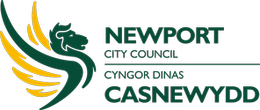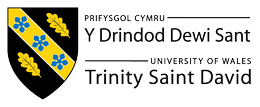Newport Medieval Ship
Nigel Nayling, University of Wales Trinity St David, Toby Jones, Newport Museums and Heritage Service, 2014. (updated 2017) https://doi.org/10.5284/1044659. How to cite using this DOI
Data copyright © Newport Museums and Heritage Service unless otherwise stated
This work is licensed under the ADS Terms of Use and Access.
Primary contact
Nigel
Nayling
Professor of Archaeology
Faculty of Humanities and Performing Arts
University of Wales Trinity St David
Lampeter
Ceredigion
SA48 7ED
Wales
Resource identifiers
- ADS Collection: 1563
- DOI:https://doi.org/10.5284/1044659
- How to cite using this DOI
Overview
The Newport Medieval Ship was discovered in the west bank of the River Usk in Newport, South Wales in 2002. Although the well-preserved vessel had been partially salvaged, substantial portions of it were intact. The trading vessel was excavated and documented before being disassembled and removed. Between 2004 and 2013, the assemblage of ship's timbers and associated artefacts was systematically cleaned, recorded, and analysed. Research, publication and outreach outcomes include this digital archive, along with numerous journal articles, conference papers, exhibitions, public lectures and open days at the Newport Ship Centre.
Analysis of the hull, hundreds of artefacts, and environmental samples has provided much information about the origin, use-life, and deposition of the vessel and of those who sailed on it. The ship was built after AD 1449 with oak hull planking from the Basque country in Northern Spain. The ship was brought to Newport, likely for repairs or a refit, after the spring of AD 1468. Around this time the vessel heeled over onto its starboard side and eventually became covered with alluvial clay. This depositional environment helped preserve the hull, and a range of organic artefacts. Analysis of the environmental samples revealed fragmented food stuffs and remnants of possible cargoes of a decidedly Iberian nature.
To document the ship assemblage, archaeologists used contact digitisers and CAD software to create 3D wireframe drawings of each hull timber, and a laser scanner to record carefully chosen artefacts such as rigging. This digital approach to documentation was continued by the use of selective digital photography, and the digitisation of the original excavation photographs, site drawings, and timber records. The Newport Medieval Ship Digital Archive contains over 12,500 files including timber record sheets, hull schematics, specialist reports, artefact catalogues, 3D timber drawings, site photogrammetry, site drawings, digital solid models of each structural timber, excavation, timber and artefact photographs, and a project database.







